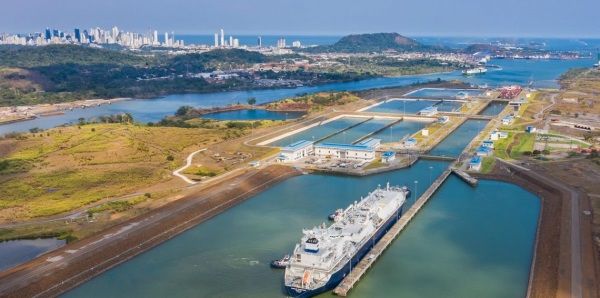The Panama Canal: A Great Place to Travel from Atlantic to Pacific
Since its construction, this waterway has reduced marine travel times and now attracts over 900,000 visitors each year, or almost a quarter of all foreign visitors to the country.

The Panama Canal, a 78-kilometer-long engineering marvel, runs through the narrowest part of the Panamanian isthmus. More than a million ships, of many countries, sizes, and cargoes (including submarines) have transited the canal from the Atlantic to the Pacific and back again, increasing global trade and economic interaction thanks to the canal's convenience and low cost.
A ship using the Panama Canal to cross from one ocean to the other saves two million dollars, as well as time, instead of going around Cape Horn, through the Strait of Magellan in Antarctica, which used to be the natural passage. The whole operation is based on gravity and uses a system of three lock complexes with a third lane added because the ships come up from the level with bleachers. Visitors can visit a restaurant and a museum.




